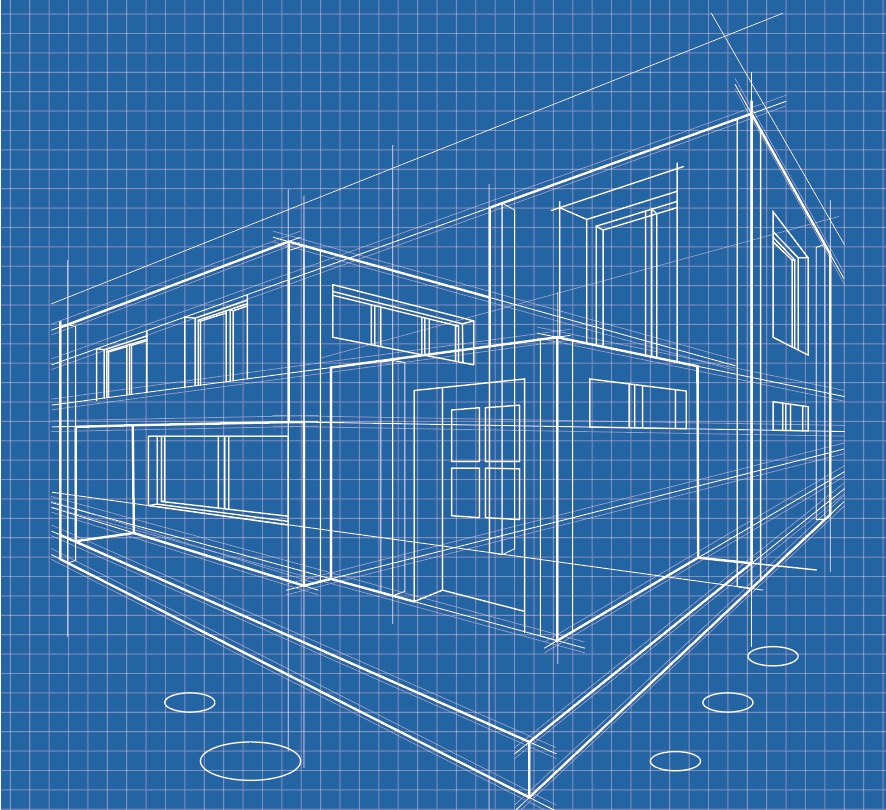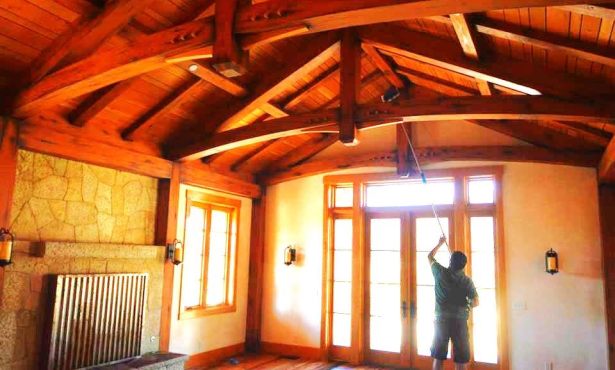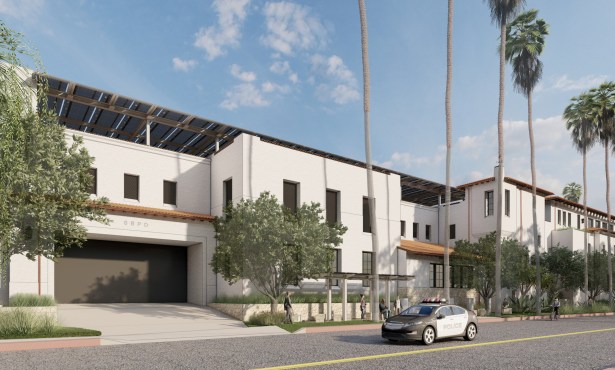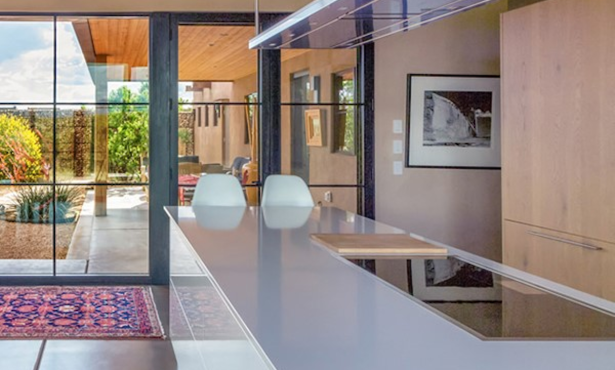Design Standards
Standards Must Allow For Creative Expression

No one likes to be told what to do or how to accomplish something, especially architects. The act of design is the free flow of creative energy and thought, not easily given to a checklist of standards.
Technical standards are widely used in many aspects of our lives: medicine, technology, engineering, food service, and education, to name a few. So why would we not expect to have standards in architecture or design review? The purpose of establishing standards is so that there is a benchmark to measure from and at least a minimum expectation for our communities’ creation.
There are plenty of standards in the practice of architecture, not the least of which is the voluminous regulations of the California Building Code. The challenge occurs when regulators wish to impose a narrow list of requirements upon architects’ creative efforts. Dictating to the design community how they are to design a building thereby narrows the architect’s innovative efforts in spite of their First Amendment right of self-expression.
Get the top stories in your inbox by signing up for our daily newsletter, Indy Today.
Design Standards dictate the shape, size, and arrangement of building elements. The Standards set forth the placement of buildings on lots, which can be constructed, where, and how. They provide examples of architectural styles, proportions, and composition. If the Standards could be created in a computer application, all one would have to do would be enter the square footage, the number of units, and preferred architectural style — and a few minutes later, a set of drawings would be spit out. Where is the creativity in that, and who wants to live in a community produced by a computer formula? This is also the central point about a city with a “brand,” like Santa Barbara’s Spanish Colonial Revival or Palm Springs’ Mid-century Modern.
There is no way to avoid the codification of design standards, and the city is actively working to establish design standards. However, we should value the free flow of design and provide in these new regulations the expression of design. Our Republic is based upon the free expression of ideas, and while we don’t all have to agree, those engaged in design take their efforts at expression to a more tangible cause. Some do this well, and others not so much. But in the hands of a skilled and talented architect, we can trust that not only will the interests of the architect and client be presented, but the community can also rely upon the architect to respond to their needs as well.
The American Institute of Architects and its California Chapters encourage government agencies and regulators to remember that free expression is not only crucial for a free society but also essential in our collective efforts to support those who are the most creative in our midst. Creating spaces that are beautiful, engaging, and lively cannot be the product of a formula.
Robert L. Ooley, FAIA, is a past president of AIA Santa Barbara and current Executive Board Member of AIA California. He may be reached via email at robert@ooley.com. Architecturally Speaking is written by members of the American Institute of Architects’ Santa Barbara chapter.
Every day, the staff of the Santa Barbara Independent works hard to sort out truth from rumor and keep you informed of what’s happening across the entire Santa Barbara community. Now there’s a way to directly enable these efforts. Support the Independent by making a direct contribution or with a subscription to Indy+.



